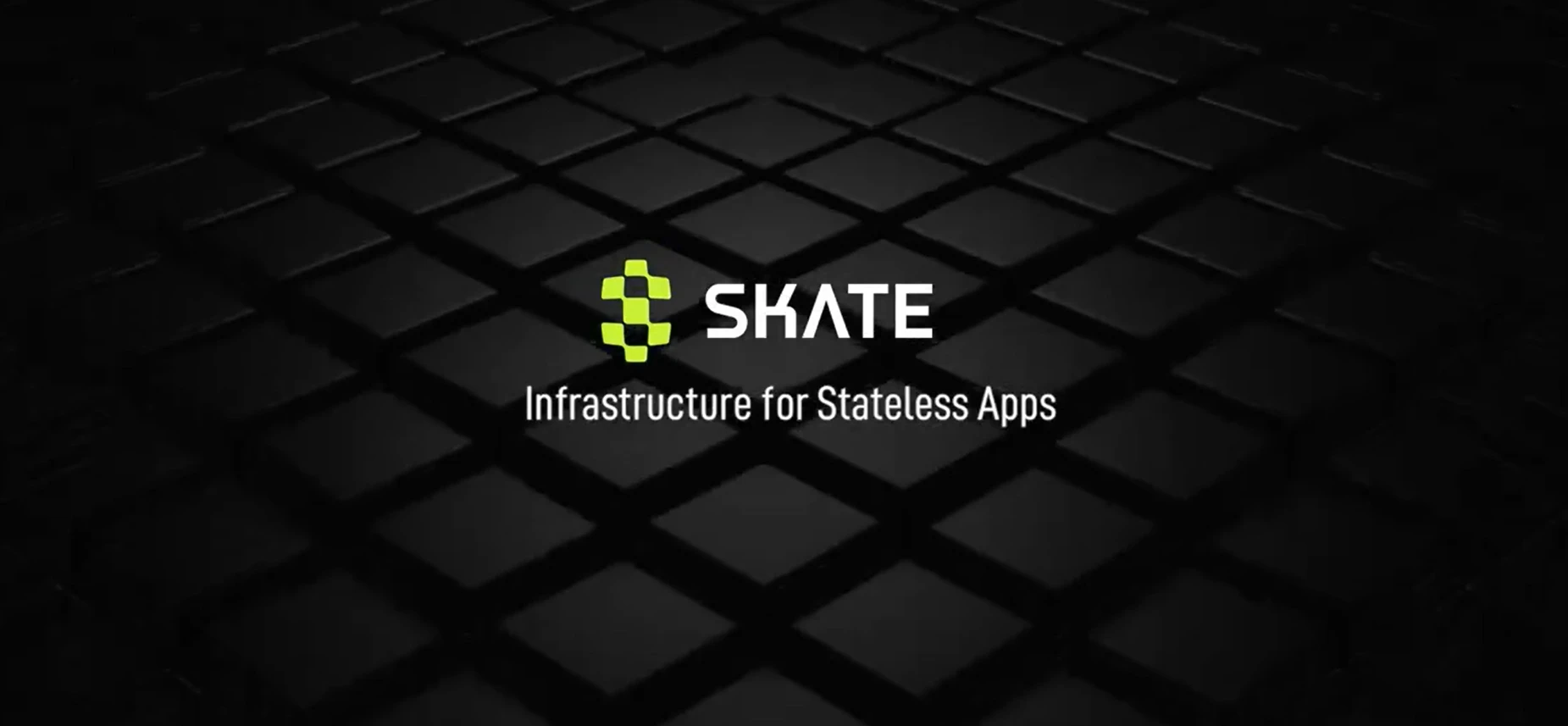Recently, Skate, the full-chain application layer, introduced the infrastructure for implementing stateless applications in its latest official announcement Skate 101. It aims to build full-chain deployed stateless apps in the current multi-chain parallel situation to solve the fragmentation and interoperability inefficiency problems of Web3 applications. This innovative technology achieves seamless connection of cross-chain applications through a unique design, laying the foundation for new possibilities for cross-chain applications in the future.
Ethereums technological evolution and ecological expansion
Since the introduction of smart contract functionality in Ethereum, a large number of innovative decentralized applications (DApps) have been spawned. With the widespread adoption of these applications, network congestion has become increasingly serious, leading to a sharp increase in transaction costs. In response to this challenge, new Layer 1 blockchain solutions have emerged. In order to solve its scalability problem, Ethereum itself is also transforming to a Rollup-centric route. This strategic shift has greatly promoted the development of Layer 2 blockchain technology. However, the challenge that comes with it is that each emerging blockchain needs to deploy a full set of basic Web3 applications, and DApps on the market have been deployed on as many as 30 chains.
The number of Ethereum Layer 2 solutions has surged over the past year, and this growth trend is expected to be even faster in the future. This rapid growth has driven the development of interoperability protocols that support a modular Roll up service model, reducing the deployment time of the blockchain to just 5 minutes.
We are rapidly moving towards a future with thousands of active blockchains, which will completely change the landscape of Web3 applications and how they interact.
Interoperability challenges and application fragmentation issues
Currently, up to 90% of applications in the EVM ecosystem are forked versions deployed on new chains. This duplication leads to serious resource waste and application fragmentation. Although there are many professional teams committed to application-level development, the fork everywhere model is still prevalent. Different blockchains have different block times, finality, and consensus mechanisms, which further increases the complexity of interoperability protocols.
Currently, applications are generally designed as monolithic applications on a single chain, and interoperability protocols are mainly used for messaging and asset bridging. Interoperability protocols are trying to find the right balance between decentralization and transaction speed to suit their specific use case requirements. However, most interoperability protocols still have significant delays in message finality (ranging from 15 minutes to 7 days), which is the main reason why seamless interoperability cannot be achieved at the current Web3 application level. As a result, the existing Web3 application space is fragmented and inefficient.
Minimizing interoperability delays and achieving seamless application layer interoperability are top issues that need to be addressed in the industry.
How does Skate solve this problem?
Is Skate just another blockchain? Another interoperability protocol? Or chain abstraction technology?
Of course not. Skate pioneered a new paradigm by solving this problem at the application level.
Skate Cross-chain Application Innovation Solution: Sliding into the World of Stateless Applications
Skate proposes to create Stateless Apps that can be interconnected across chains, allowing any DApp to run simultaneously on thousands of chains through a single state set (State), unlocking the cross-chain interoperability problem of Web3 applications. Any non-EVM and EVM new chain can be easily connected to Skate, and users and developers only need to interact with Skate separately to immediately access thousands of chains at the same time.
By breaking down the structure of Web3 applications into two basic components: the core contract (Kernel) that maintains its own logic and the peripheral contract (Periphery) responsible for user interaction, the core part handles the basic logic and state of the application, while the peripheral part handles user interaction. Skates vision is to separate these two components, and through a single core contract, the application can maintain a state on all chains.
Each blockchain will have a Skate gateway contract, which is the only way for the application core to interact with the periphery. Users interact with applications on different chains through intents, which are quickly pre-confirmed by special executors (such as whitelisted entities) to achieve interoperability at the application level.
Whenever a user generates output, the applications kernel creates a task and sends it to the task box on the Skate chain – the central chain that holds the applications state. These tasks are given a task ID and call data and sent to the chain the user interacts with via Skates pre-confirmation layer, AVS, which is secured by the Eigen Layer. The Eigen Layer provides a high level of economic trust, allowing the Skate application to share a single state across thousands of chains.
Skate鈥檚 cross-chain interoperability expansion
In addition, Stateless apps will adopt a plug-and-play model, using any interoperability protocol such as Axelar or LayerZero, to perform actual finality confirmation and ensure risk control for pre-confirmation. Tasks move from the pending state of the task box to the pre-confirmation state, and then the call data related to the task is executed through the gateway contract to achieve the expected output in the peripheral components of the application.
This transformative innovation enables applications to go live with a single application state on thousands of chains, leveraging the network effects of all ecosystems. New and upcoming Layer 2s no longer require all necessary applications to be built from scratch. Skate is also developing gateway wrappers for non-EVM chains such as Solana, SUI, Aptos, and Ton, enabling EVM applications to share application state on EVM and non-EVM chains.
This article is sourced from the internet: From isolated islands to interconnectedness: How does Skate, the full-chain application layer, achieve full-chain deployment of DApps?
関連:ルーン文字の人気は暗号化技術の発展にとって後退だが、それはまた、
原作者:@Web3 Mario はじめに:昨日、友人からBTCの刻印の分野でかなりの投資収益を得たことを偶然知り、著者の虚空に足を踏み入れるという精神を深く刺激されました。2日連続で不安になり、本当に恥ずかしかったです。Ordinalsの技術アーキテクチャがちょうど以前にリリースされたことを思い出し、著者は関連文書を研究しましたが、開発者として、この技術的な道筋にはかなり不満を感じました。当時、これは暗号化技術の単なる逆転であると判断しました。その設計コンセプトは、遠いアルトコインプロジェクトColor Coin、つまりBTCの技術アーキテクチャを使用していくつかの独立したトークンを発行する方法に似ているように見えましたが、違いはOrdinalsがそうしなかったことです...










